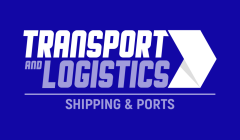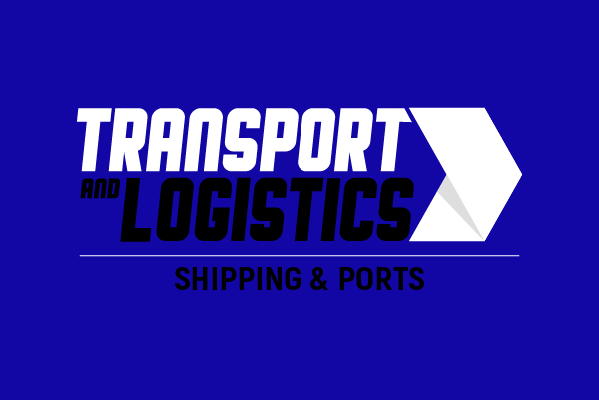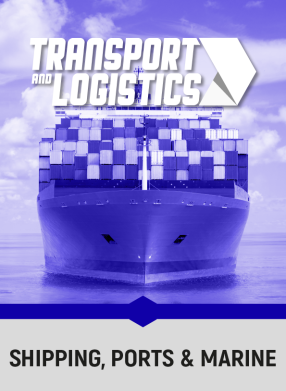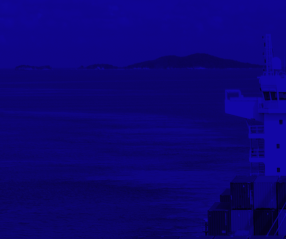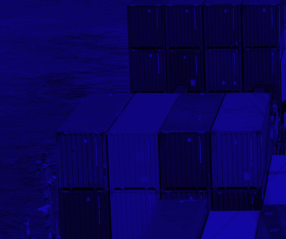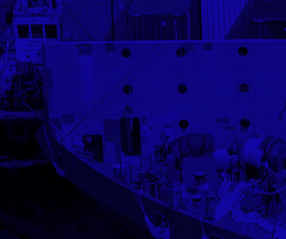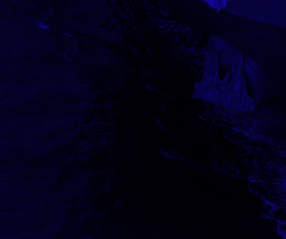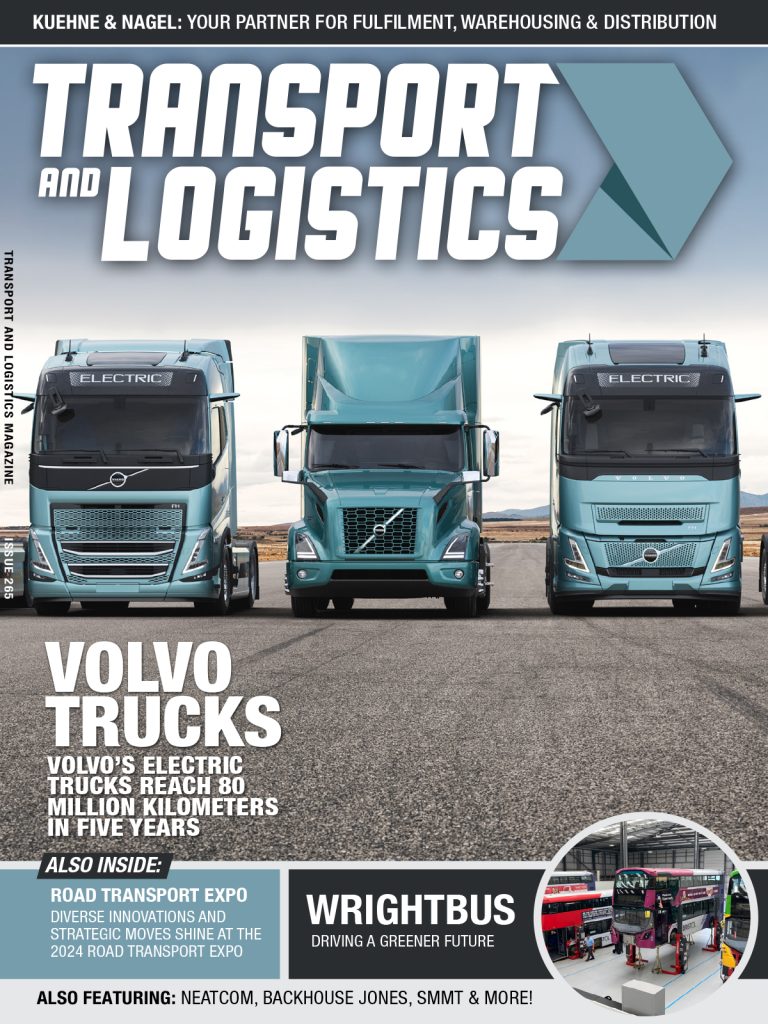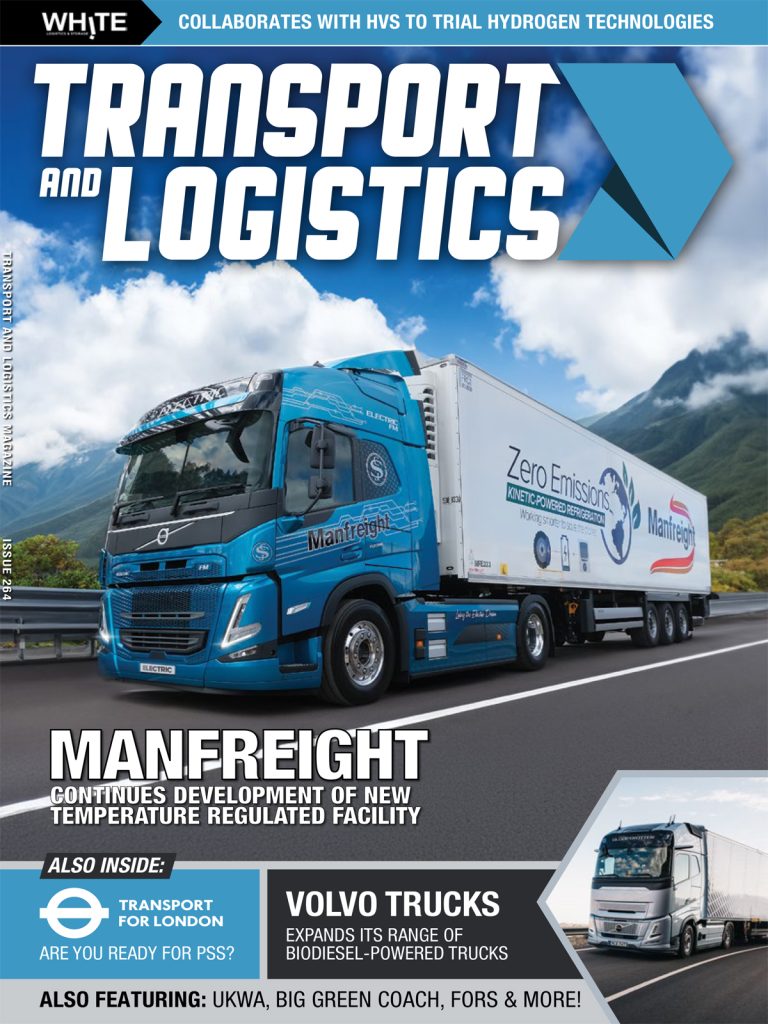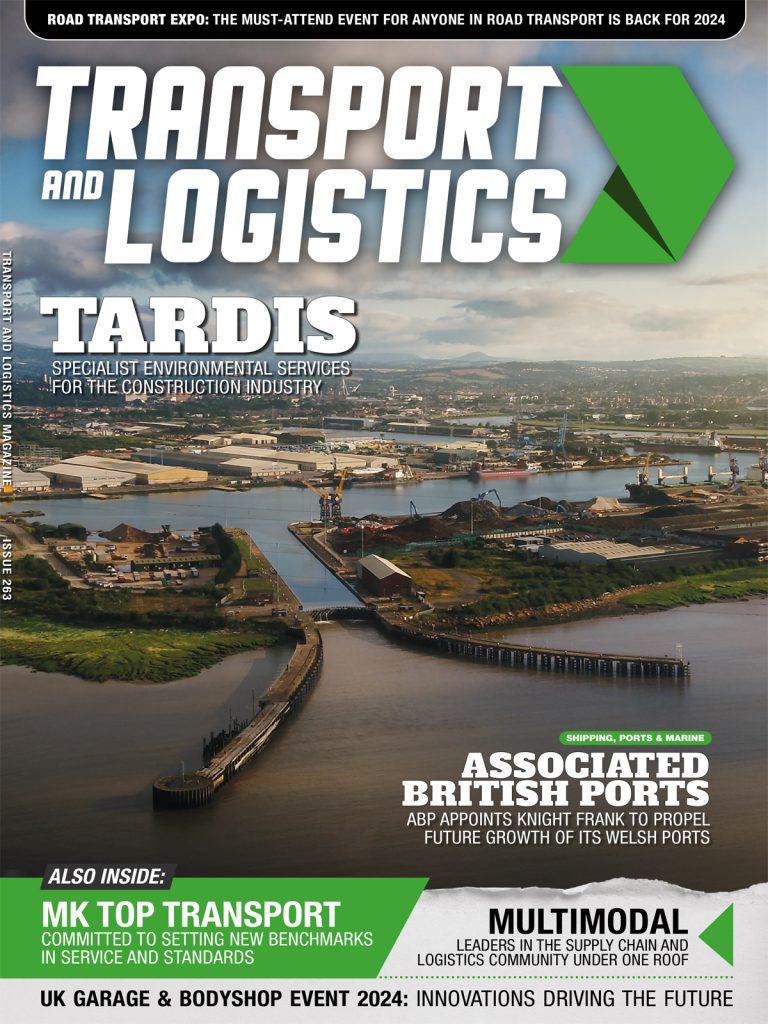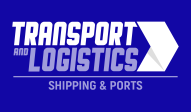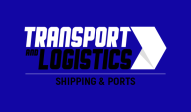Trust Welcomes Freight Advisory Group’s Recommendations On ‘Priority Freight Routes’
The Canal & River Trust is today publishing a report from its Freight Advisory Group into the current and potential future role of commercial inland waterways to carry freight. The Group recommended further investigation into ‘Priority Freight Routes’ (the designation of certain navigations in the North East that link to the Humber Estuary) where there is the opportunity for these waterways to be used for sustainable freight transport.
The Trust welcomes the Advisory Group’s recommendations and has established a director-led steering group to fully investigate the viability of the designated Priority Freight Routes, including exploring market potential with the major port operators. This work will also involve reviewing what infrastructure work might be necessary to remove obstacles to larger barges, so enabling larger payloads and the carrying of containers. The steering group will also look at what wharf and supporting facilities may be required and what support or grants could be available including from the EU and from local enterprise partnerships.
Whilst concentrating on the Yorkshire waterways, the Trust will continue its support for freight on other commercial waterways at its present levels and will work with commercial firms wishing to develop new services.
A conference in late spring to launch the report and seek a range of views will be organised in Yorkshire in partnership with the Freight Transport Association, to which the Local Enterprise Partnership, West Yorkshire Combined Authority, shippers, developers, operators, customers and logistics professionals will be invited.
The Freight Advisory Group, chaired by David Quarmby, is made up of professionals from the waterways, transport and logistics industry. David comments: “I am pleased that our report and recommendations have been welcomed by the Trust.
“What is clear is that the circumstances of each of the Trust’s ten commercial navigations are unique and very different from each other – different in their recent history of traffic and commodities, different in their connectivity to potential markets, different in the dimensions and draughts of vessels they can take, and different in the dredging and bank protections costs of making them fit for freight. There can be no ‘one size fits all’ approach to formulating policy for the ten waterways, or even for all sections of the same waterway.
“The identification of Priority Freight Routes and a clear framework for exploring opportunities will provide focus and a sound framework for the Trust to operate within, and for planned collaboration with port operators. Where feasible and viable, the lessons and experiences can be adopted to other commercial waterways.”
David Lowe, chairman of the Commercial Boat Operators Association, comments: “Carrying freight by inland waterways is no longer automatically on the radar screen of shippers, logistics companies and freight forwarders, except in one or two very niche markets. So exploring potential market demand is not just about analysing current freight movement by road or rail on the relevant corridors, and looking at how and where water can offer some competitive advantage; it also has to be about how to organise, modernise and present waterborne freight as a serious transport mode to a modern highly commercial logistics industry. I’m pleased that the formation of a steering group will take this forward.”
Stuart Mills, commercial director at the Canal & River Trust, comments: “Whilst most of our network is now used primarily for leisure, the larger waterways still have potential for sustainable freight transport. The advice of the Freight Advisory Group, including the potential for Priority Freight Routes, is well thought-through. The Group is made up of leading experts in the waterways, transport and logistics industry and is supported by preliminary discussions with port operators on the network. I’d like to thank the Group for their diligent and expert report and recommendations which we look forward to following up.”
The full report is available to download from the Canal & River Trust website: http://canalrivertrust.org.uk/media/library/6213.pdf
